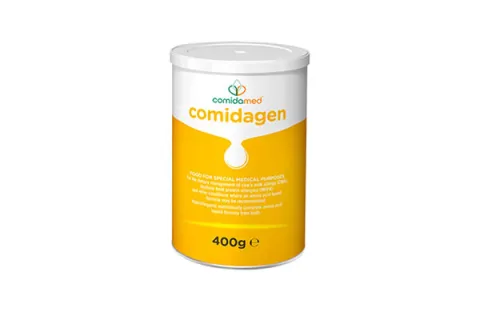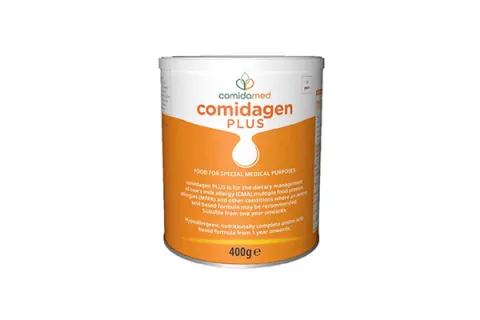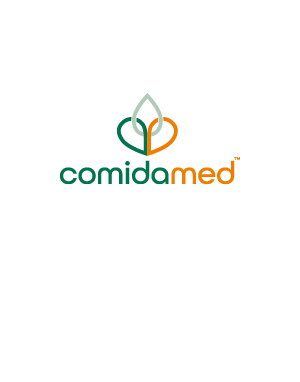General Symptoms of Cow's Milk Allergy
The diagnosis of Cow’s Milk Allergy (CMA) is not based on isolated symptoms but typically requires the presence of at least two symptoms affecting two or more organ systems1. Therefore, it is essential to consider the child’s full clinical picture rather than evaluating symptoms in isolation when trying to diagnose CMA.
These can include one or combinations of the following:
Sleeping problems
Sleeping problems can be associated with CMA but should not be considered in isolation.
Persistent or constant crying
Crying is a natural and expected part of an infant’s development. It typically occurs within the first few months of life, and it serves as the infants primary way of communicating with parents and caregivers2,3. CMA can cause inconsolable crying but should not be considered in isolation.
Faltering growth (FG)/failure to thrive (FTT)
A recent review by experts defined FG/FTT as a fall in weight-for-age (WFA) z-score ≥1.0 SD over a period of 1 or more months (excluding the first 2 weeks after birth) and should include at least 2-3 growth measurements4.
FTT has been reported in cases of complex (especially untreated) CMA or where multiple foods are being excluded from the diet5.
FTT is one of the general symptoms of poorly managed CMA and may result from a culmination of several other factors e.g., delayed diagnosis, inappropriate feeding regimen etc.6,7.
Food refusal/Feeding problems
Shock-like symptoms
Shock-like symptoms are associated specifically with Food Protein–induced Enterocolitis Syndrome (FPIES), which is a non-IgE-mediated food allergy that can be severe and lead to metabolic acidosis8. Shock is not necessarily present in patients with anaphylaxis9.
- Lifschitz C & Szajewska H. Cow’s milk allergy: evidence-based diagnosis and management for the practitioner. Eur J Pediatr. 2015;174:141-50.
- Bylsma LM, Gračanin A, Vingerhoets AJJM. A clinical practice review of crying research. Psychotherapy (Chic). 2021 Mar;58(1):133-149.
- Roberts DM, Ostapchuk M, O'Brien JG. Infantile colic. Am Fam Physician. 2004 Aug 15;70(4):735-40.
- Cooke R, Goulet O, Huysentruyt K, et al. Catch-Up Growth in Infants and Young Children With Faltering Growth: Expert Opinion to Guide General Clinicians. J Pediatr Gastroenterol Nutr. 2023 Jul 1;77(1):7-15.
- Meyer R, Fleming C, Dominguez-Ortega G, et al. Manifestations of food protein induced gastrointestinal allergies presenting to a single tertiary paediatric gastroenterology unit. World Allergy Organ J. 2013 Aug 6;6(1):13.
- Koletzko S, Niggemann B, Arato A, et al. Diagnostic Approach and Management of Cow’s-Milk Protein Allergy in Infants and Children: ESPGHAN GI Committee Practical Guidelines. J Pediatr Gastroenterol Nutr 2012;55(2):221-229.
- Vandenplas Y, Koletzko S, Isolauri E, et al. Guidelines for the diagnosis and management of cow's milk protein allergy in infants. Arch Dis Child. 2007 Oct;92(10):902-8.
- Nowak-Węgrzyn A, Chehade M, Groetch ME, et al. International consensus guidelines for the diagnosis and management of food protein-induced enterocolitis syndrome: Executive summary-Workgroup Report of the Adverse Reactions to Foods Committee, American Academy of Allergy, Asthma & Immunology. J Allergy Clin Immunol. 2017 Apr;139(4):1111-1126.e4.
- Simons FE, Ardusso LR, Bilò MB, et al. International consensus on (ICON) anaphylaxis. World Allergy Organ J. 2014 May 30;7(1):9.
Related products
Browse the products available for managing this condition.


